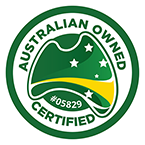Fire Extinguisher Types
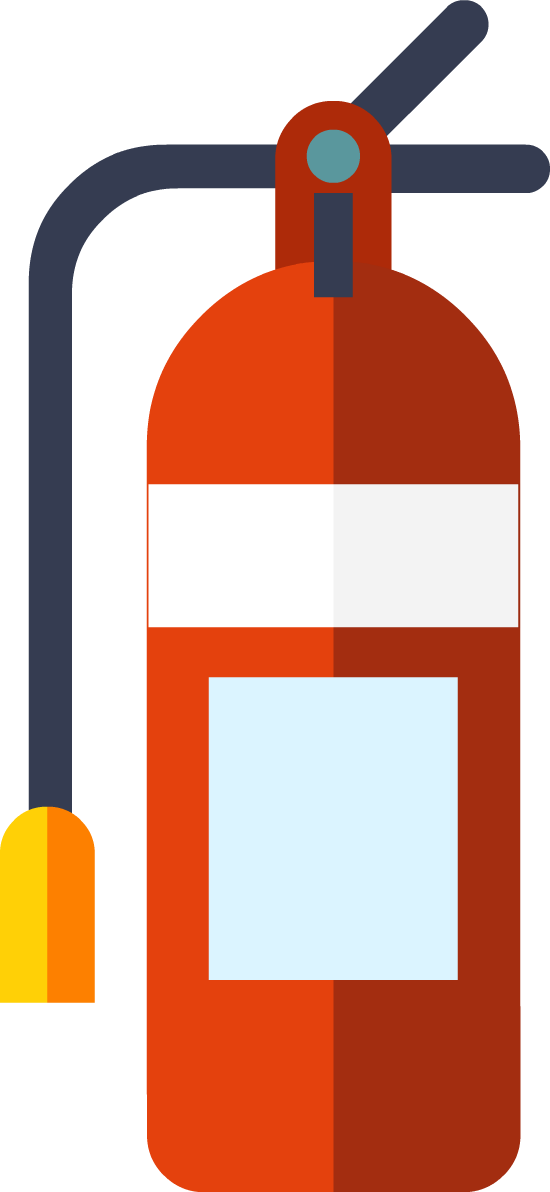
Dry Chemical Powder
White Band Marking
Known as BE or ABE fire extinguishers these are the most common due to cost, type of fires they can extinguish and the portability of this diverse unit. Many manufacturers make high quality ABE Fire Extinguishers. Some are designed for the common home or shed, office, industrial, mining, or marine use. Selecting a fire service company that knows the right manufacturer and type for your use will ensure the life of the extinguisher and also the capability.
The ABE fire extinguisher is suitable for these classes;
Class A: – Paper, Textiles, Wood, Most Plastics and Rubber
Class B: – Flammable Liquids
Class C: – Flammable Gases
Class E: – Electrically Energized Equipment
Class E is the most relevant in today’s environment given the amount of electronics a business or household has. This reason of electronics increase across the home and business is the very reason Water Extinguishers have seen a decrease across these environments.
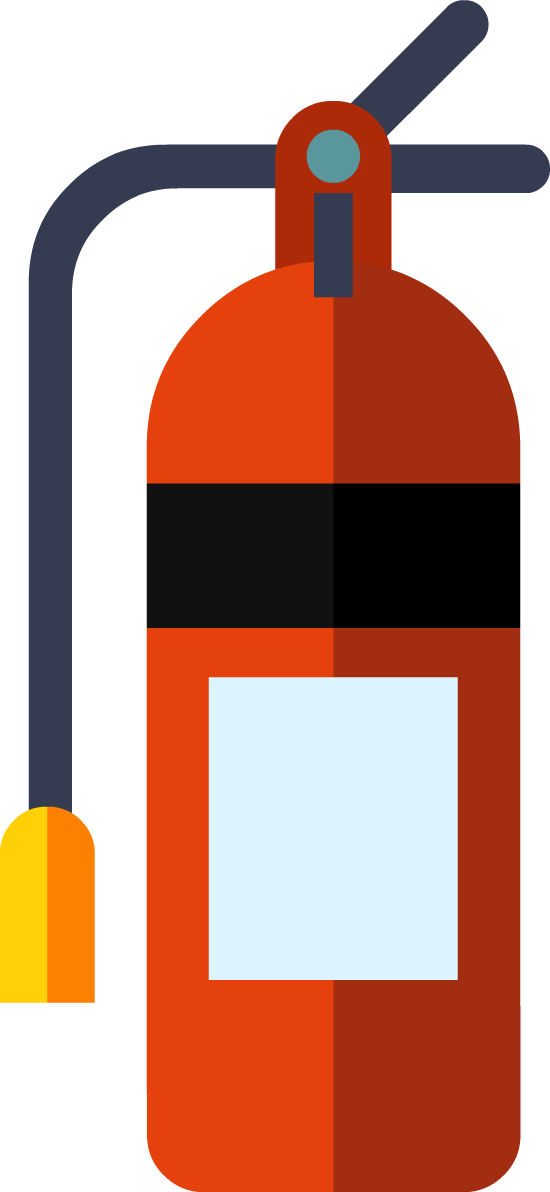
Carbon Dioxide
Black Band Marking
A close second for the most common fire extinguishers is the CO2 extinguisher. This is due to an increase in electrical needs in businesses, from electrical switchboards, data rooms, data storage (non-cloud), medical imaging equipment, industrial printers and more. The reasoning is normally with high-end equipment there is little to no clean up mess left behind, unlike an ABE fire extinguishers.
AS2444 also calls for the CO2 fire extinguisher to be located at essential switchboards and service shafts serving switchboards directly above each other. A fire service provider will be able to determine the AS2444 standard and your requirements to see if you need to install a fire extinguisher in these locations.
The most common sizes of a CO2 fire extinguisher are 3.5kg and 5.0kg. Due to the cylinder being made of a thick aluminium the weight of these units increases quickly.
The CO2 extinguisher is suitable for these classes;
Class B: – Flammable Liquids
Class E: – Electrically Energized Equipment
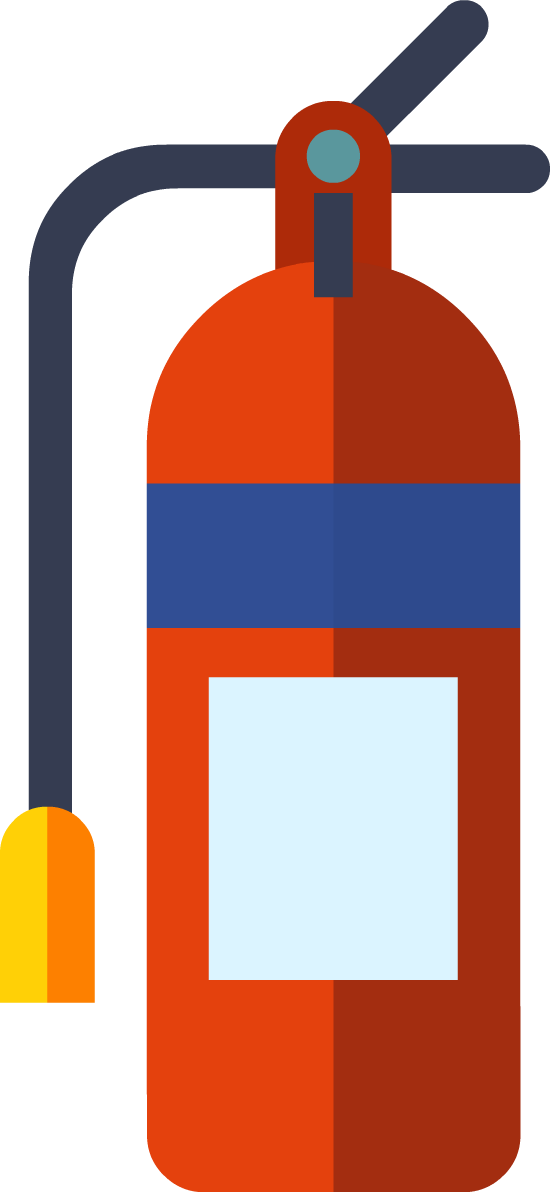
Water and Foam
None or Blue Band Marking
Water and Foam have been placed together as they both use a water element to extinguish a fire.
The Water Fire Extinguisher was by far the most common fire extinguisher for a very long period. The reasoning was mainly due to the safe use and common knowledge of the effects of using water on a fire. However as electricity became more a part of the common environment the risk also increased. Dry Powder Fire Extinguishers seen an increase in popularity due to the manufacturing costs lowering and the variety of classes the extinguisher could successfully fight for a small fire.
Being limited to one class, the water fire extinguisher is becoming less and less common. Another reason is if the fire extinguisher is filled with abrasive water the servicing costs increase. Due to an increased maintenance requirement in AS1851.
The Water fire extinguisher is suitable for these classes;
Class A: – Paper, Textiles, Wood, Most Plastics and Rubber
Foam Fire Extinguishers have a mixture of water and Foam, normally broken into a 3% or 6% mixture, depending on manufacturers design requirements. The design and use is to cover a burning liquid by cutting off the oxygen supply to the fire. This also assists in preventing flammable vapours being released.
The Foam fire extinguisher is suitable for these classes;
Class A: – Paper, Textiles, Wood, Most Plastics and Rubber
Class B: – Flammable Liquids
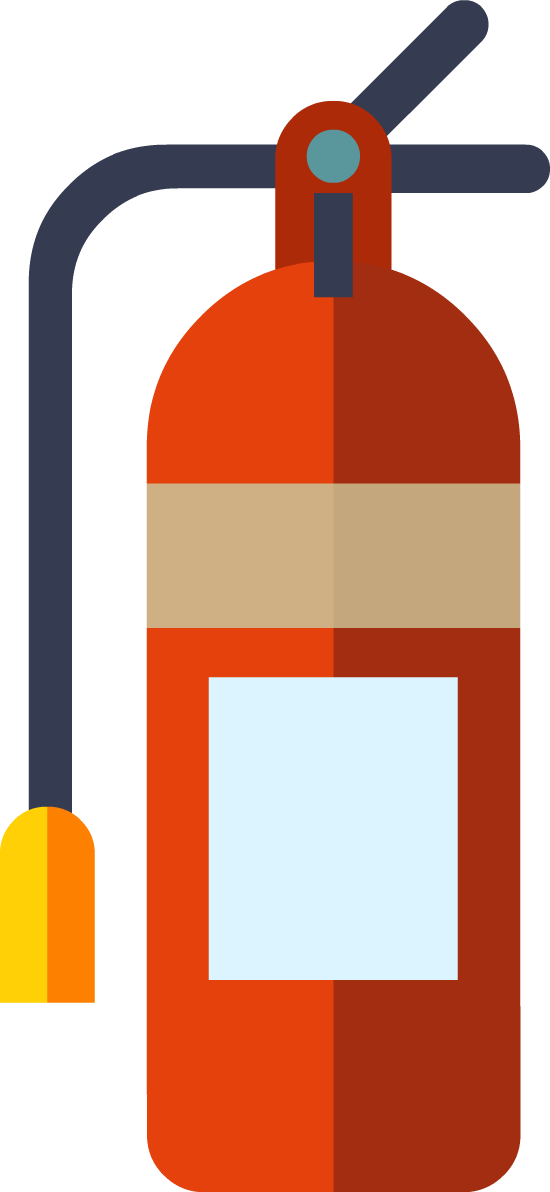
Wet Chemical
Oatmeal Band Marking
Just because it is last on this list of most common fire extinguishers found in Australian businesses, does not mean it doesn’t have its place in certain business environments.
Designed to remove the heat from a fire triangle and prevents re-ignition by creating a barrier between the oxygen and fuel elements, this is a highly effective portable fire extinguisher.
The Wet Chemical fire extinguisher is suitable for these classes;
Class A: – Combustible materials, paper, wood, fabric
Class F: – Deep fat fryers
Class F makes this portable fire extinguisher very popular with fish and chip shops or small takeaway businesses that use Deep Fat Fryers.


